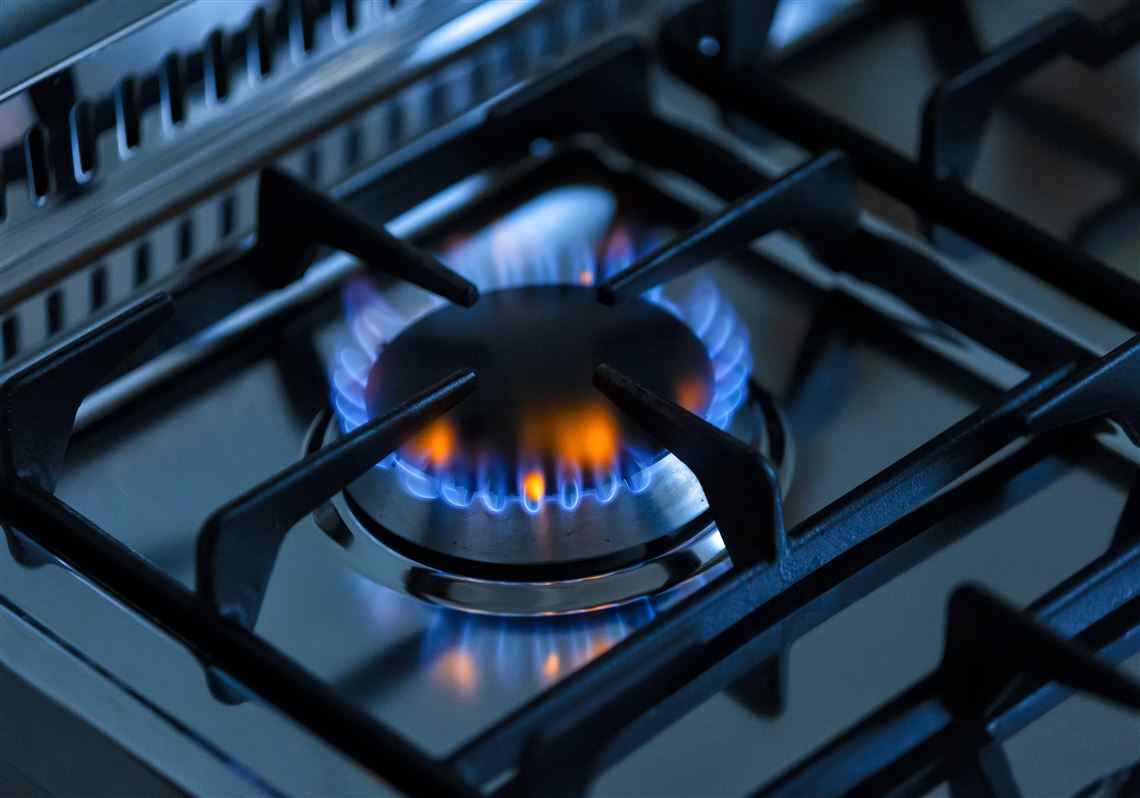New York state recently became the first to pass a law prohibiting gas stoves and other gas appliances in new housing. There were two major driving forces to do so: Evidence that children living in homes with gas stoves have more respiratory disease, and the contribution of fossil fuels, including natural gas, to global climate change.
This law was not passed on a hunch or scant research. Rather, there have been decades of study to demonstrate that phasing out household gas appliances is better for health and the environment, many of which I contributed to early in my career as an environmental health scientist.
Almost 50 years ago, while learning epidemiology in England, I joined a group of researchers who were among the first to suggest that gas stoves were associated with respiratory disease in children. They had found higher sickness absence rates from school in children living in homes with gas stoves as compared to similar housing having electric stoves.
Only a few years previously, the United States had set the first outdoor standard for nitrogen dioxide based upon data indicating that it was a cause of respiratory disease. The studies found that prior exposure of laboratory rodents to nitrogen dioxide led to increased severity of respiratory disease when the same rodents were subsequently exposed to bacteria.
My role in the British studies was to measure the indoor nitrogen dioxide levels. We found that they were much higher in homes with gas stoves. While no single environmental epidemiological association is proof of causation, subsequent studies more than amply confirmed these high nitrogen dioxide levels as well as a causative role for gas stoves in lung problems, including childhood asthma attacks.
Contributing to concern about the direct health risks of indoor gas appliances is the recognition that natural gas piped into homes brings with it some radon, and that gas combustion contributes to the usual indoor levels of benzene. Both cause cancer. Also, depending on your cooking techniques, more cancer-causing chemicals are likely to be present in meat cooked on gas stoves than electric stoves.
The mounting concern about global climate change has produced a more recent push to replace natural gas with electricity as the energy source for home appliances. Industry correctly points out that energy is obtained more efficiently from burning natural gas than from coal or oil. Greater efficiency means that natural gas produces less climate-forcing carbon dioxide when it is used for producing energy.
However, unburned methane, the major component of natural gas, is itself a highly potent greenhouse gas. In the short term, methane is even more potent than carbon dioxide, although carbon dioxide lasts many years longer in the global atmosphere.
Recent studies have shown that much of the methane produced is leaked into the atmosphere, rather than burned to produce energy. Substantial amounts of methane are released from almost all stages of bringing natural gas to our homes, including its initial extraction to its leakage from pipelines and appliances.
Some belated attempts by industry to decrease such releases are under way. However, our experience in Pennsylvania shows that the shale gas industry needs to be more cooperative in allowing oversight of its methane-releasing activities.
A few years after my time in England, while working at the Environmental Protection Agency, I raised the gas stove issue with then-Administrator Bill Ruckelshaus. He pointed out that EPA had minimal, if any, authority indoors, and that no federal administration wanted to regulate what Americans did in their homes.
But New York and other state-based and municipal restrictions on home gas appliances have largely bypassed this issue by concentrating on new housing rather than requiring replacement of existing gas stoves. New York has also provided exceptions, such as for restaurants. The threat of further action likely will force the gas appliance industry to increase its focus on innovative approaches to lessen methane and nitrogen oxide emissions from its products, and the natural gas industry to plug up the methane releases.
Ironically, the ability of the oil and gas industry to obtain public subsidies for their lucrative activities has allowed environmentalists to make the potent argument that banning gas appliances in newly built housing will reduce citizen ratepayer charges for new gas infrastructure. If new housing was all-electric, the need to build connecting gas pipelines would disappear.
Another advantage of phasing out gas appliances is the diminution of what are known as stranded assets. Once an industry or a government has made significant investments in an activity, there is a built-in inertia that keeps the activity in place longer than needed.
Arguably, natural gas has been a useful transition fuel until renewable energy sources, such as wind and solar, could fully replace fossil fuels. Further in an era which includes Vladimir Putin, the contributions of unconventional shale gas drilling to U.S. energy independence cannot be overlooked. But eventually we will significantly decrease our reliance on fossil fuels.
Diminishing use of natural gas during the next few decades as our housing stock is replaced should give pause to investment in gas drilling that will prove to be nothing more than a stranded asset, particularly in Pennsylvania after gas drilling is over. While we wait, we can lessen legitimate concerns about the health impacts of gas stoves by turning on an exhaust fan or opening a window to ensure adequate ventilation when we cook. (Note to those who love to barbecue outdoors: Propane is not a greenhouse gas)
It has taken almost 50 years since the discovery of the negative effects on children of nitrogen dioxide from gas stoves to begin preventive action. We should not wait any longer. In public health we have recently relearned the importance of public acceptance of mandates that immediately impact way of life.
Dr. Bernard Goldstein, professor emeritus and former dean at the University of Pittsburgh School of Public Health, has decades of research experience in environmental and occupational health, including serving in leadership at the U.S. EPA.
First Published: June 9, 2023, 9:30 a.m.
Updated: June 9, 2023, 9:48 a.m.



















